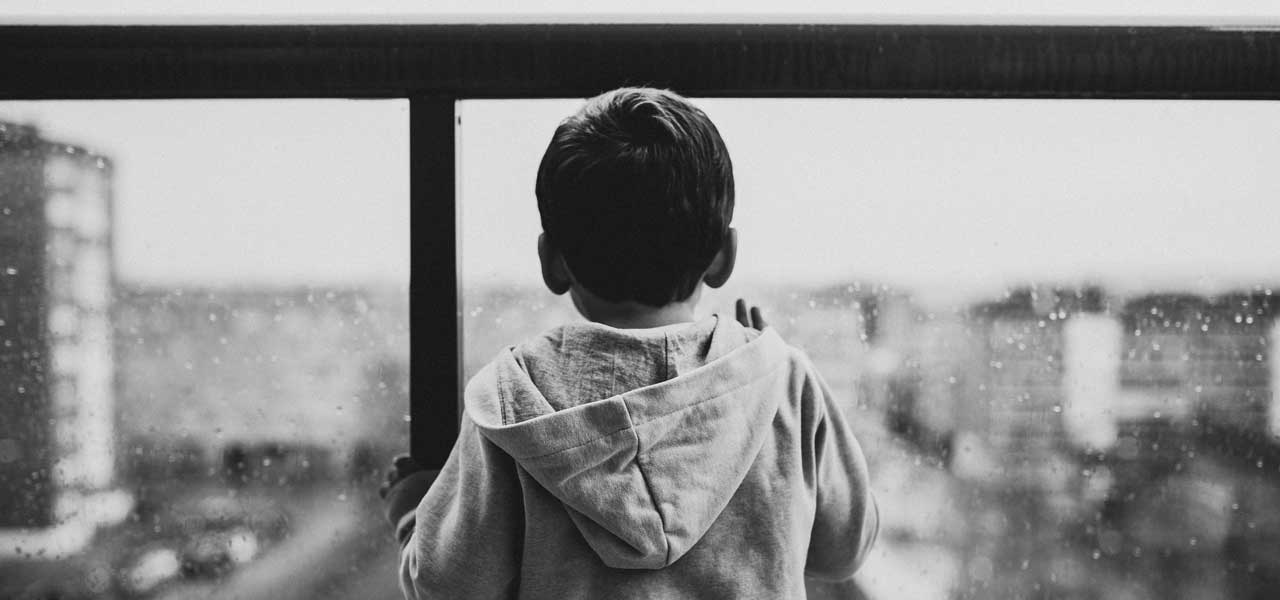The three categories of symptoms and behaviours reflected in the ICD-11 CPTSD disturbances in self-organization clusters are not necessarily specific to CPTSD. Emotional dysregulation, negative view of self and pervasive relationship difficulties frequently present in many childhood developmental disorders or conditions. However, these three clusters are recognised as needing to be present for a diagnosis of CTPSD in children. This, of course is in addition to the usual PTSD symptoms.
The fact is – that these three clusters are often found in children without PTSD and dictates that skilled assessment is crucial to provide accurate diagnosis.
Before continuing, let’s define the terms:-
Emotional dysregulation.
Genetic makeup, early attachment experiences and environmental contexts are believed to encourage or impair a child’s ability to self-regulate. In developmental psychology, severe and persistent dysregulation is described as a form of irritability. This is often a feature of disruptive behaviour disorders such as ODD. It can also be present in anxiety or depression or developmental disorder.
Negative sense of self.
A continuing negative belief about self is a well-known clinical phenomenon among children. It may be a specific symptom of a psychiatric disorder (e.g., depression) or it may be the result of a psychological disorder.
Children displaying challenging behaviours sometimes have low self-esteem because their behaviours give rise to very negative reactions in others.
For children with PTSD, a negative sense of self may develop from shame, guilt or failure related to a trauma as specified in the ICD-11 CPTSD.
Core beliefs of worthiness and unworthiness usually arise early in childhood. Attachment theory maintains that children develop secure or insecure attachment styles based on early interactions with primary caregivers. Specifically the extent to which a child’s early caregivers are able to provide attunement and responsiveness to their child’s distress dictates self-esteem.
Children with secure attachment tend to have a positive view of their self-worth, whereas, children with anxious/ambivalent, or disorganized attachment styles may develop core beliefs of unworthiness.
It is crucial to understand that these same well-adjusted children can develop a negative view of themselves following a trauma. It becomes easy to see the difficulties in CPTSD diagnosis.
Persistent difficulties in forming and maintaining relationships or feeling close
to others.
 Relationship difficulties in a child may be attributed to various causes including trauma and complex forms of traumatic exposure. Difficulties with caregivers may also be understood as problems with attachment.
Relationship difficulties in a child may be attributed to various causes including trauma and complex forms of traumatic exposure. Difficulties with caregivers may also be understood as problems with attachment.
For children presenting with internalizing disorders such as anxiety or depression, or externalizing disorders such as oppositional defiant disorder or adolescent substance use disorders, relationship difficulties may be outcomes of the condition. Children may avoid relationships and interactions due to fear of rejection or they may interact in ways that are not perceived positively by peers or other adults.
Children who have been exposed to severe neglect, especially in the first two years of life, may show a problematic pattern of disregard for social boundaries (e.g., excessive familiarity with strangers)
Treatment implications in CTPSD
Clinical assessment of the temporal and functional linkages between trauma exposure and symptoms should always be carried out by a skilled clinician with great care and on an individual case by case basis.
CTPSD reflects more generalized and persisting patterns of impairment in self-regulation, identity and relatedness for children with the re-experiencing, avoidance and increased arousal symptoms of PTSD.
International Society for Traumatic Stress Studies (ISTSS) state that
‘To date, there is not enough evidence to recommend a particular treatment for CPTSD in children. However, there may not be a need for an entirely new or different treatment for CPTSD.
Many trauma-focused treatments contain components that address both the PTSD symptoms and the CPTSD symptoms of negative self-concept, emotion dysregulation, and difficulties in relationships and show benefits on outcomes other than PTSD.
It appears, that children classified as having PTSD or CPTSD can benefit by TF-CBT, an existing effective trauma-focused treatment, although the CPTSD children somewhat less so (Sachser et al, 2016).
This is consistent with the general finding that children and adolescents with more severe clinical presentations and co-morbidities tend to benefit less from standard evidence-based treatments (EBTs). Therefore, adaptations of trauma-focused EBTs for children and adolescents and other disorders that involve internalizing or externalizing problems similar to those comprising CPTSD, may be needed in order to adequately treat CPTSD.
References
World Health Organisation (2018), International statistical classification of diseases and related health problems (11th Revision).
Sachser, C., Keller, F., Goldbeck, L. Complex PTSD as proposed for ICD-11: validation of a new disorder in children and adolescents and their response to Trauma-Focused Cognitive Behavioral Therapy Journal of Child Psychology and Psychiatry 58:2 (2017), pp 160–168.
ISTSS Guidelines Position Paper on Complex PTSD in children and Adults (2019), One Parkview Plaza, Suite 800 Oakbrook Terrace, IL 60181 USA Phone: +1-847-686-2234 Fax: +1-847-686-2253 istss@istss.org www.istss.org
Written by Dr Chrissie TizzardDr Chrissie Tizzard is a chartered consultant psychologist having a both a specialist clinical and research background in PTSD. Chrissie is able to provide assessment and EBT throughout the UK and republic of Ireland.


